Let’s check out some of the most essential mosquito facts for kids including mosquitoes diet, habitat, reproduction and its behavior. The mosquitoes belong to the small flies family of Culicidae. The majority of these insects are harmful to humans; however there are a few mosquitoes that are not. These insects commonly drink blood from living vertebrates as well as humans. For the same reason these species can cause several health diseases even to humans. According to few scientists, “it won’t be an exaggeration if we say that mosquitoes are the most dangerous insects/animals on the planet earth”. They are very much similar to the flies’ species called Tipulidae. Thus for a while it becomes difficult for a layman to understand the real difference between the two. One of the most common differences is that mosquitoes primarily consume human and invertebrates’ blood and are therefore dangerous; however, the Tipulidae do not have such consumption habits. Having said that, there are certain mosquito species that do not consume blood (and transfer disease) but they certainly become the cause of high or low blood pressure. Besides, the females are adept to take blood only and not males, consequently, not all mosquito species will attack on humans.
Interesting Mosquito Facts For Kids
- There are more than 3,500 mosquito species in the world. Some of which are the main reason for spreading out major diseases. There are few species that are entirely different in nature that is to say, they only attack when provoked such as abrupt deforestation.
- Mosquitoes, like the rest of flies, undergo four phases of lifecycle; egg, larva, pupa, and imago (adult). Mosquitoes for the most part lay eggs in still water; however some species are known to lay eggs at water’s edges so as to affiliate them to aquatic plants.
- Mosquitoes are clever enough to identify an ideal location for laying eggs that entirely depends on its own ecological adaptations. Few species are adept to lay eggs in passing puddles whereas some breed in lakes, marshes, or even salt-marshes. You may often come across these insects especially in summer inside your homes. Certain mosquito species fancy their breeding in natural reservoirs or on plants which can be observed when the rainwater or any other freshwater is left in burrows, holes and even tree trunks. In urban areas especially, these insects are offered too many artificial habitats in the form of water containers, odd plastic buckets, worn out bottles and saucers. The most common yet really dangerous vector disease (to humans) is dengue fever.
- The first three mosquito phases of lifecycle are predominantly aquatic. The duration of these phases is about 5 to 14 days, with few exceptions.
- The majority of the female mosquito species lay around 10 to 200 eggs while they’re undergoing the imago phase of lifecycle. These eggs are in the form of about cigar-shaped.
- The insect in a larva stage exhibits highly perceptive head together with mouth brushes that are employed for feeding purposes. It’s a big thorax without legs, but with segmented abdomen.
- This larva tends to breathe via spiracles that are positioned on one of the abdominal sections. The larvae spend a large amount of time consuming algae, bacteria and other kinds of different microbes.
Did you know: Why are mosquitoes important
- Unlike larvae, the pupa does not eat during the stage of swimming or hanging down.
- The male mosquitoes are known to survive for about a week while feeding on nectar.
- The females take rest for a while after sucking blood meal successfully in order to develop eggs.
- The lifespan of female mosquitoes entirely depends on the surrounding temperature in that some live on for couple of weeks while others continue to survive for about one month.
- The adult mosquitoes can be as long as 16 mm (0.6 inches), and it weighs around 2.5 mg (0.04 g). All these insects are really slim.
- They receive sensory information through their head which is followed by long antennae and eyes. Through these antennae they tend to locate precisely breeding sites and the hosts smell. The males have denser antennae in comparison to the females.
- One of the mosquito species named Anopheles, is perfectly adaptable to fly constantly for about 3 – 4 hours at 1 – 2 km (0.6 – 1 mph), while voyaging up to 12 km (7.5 miles).
- The male mosquitoes beat their wings 450 – 600 times per seconds.
- The mosquitoes’ abdomen is well adapted to withhold food thrice the weight of its own.
- The majority of the species are really crepuscular which means that they feed at dawn or dusk. During the intense heat insects do not come out rather they take rest and only appear when provoked. Asian tiger mosquito is one of these that primarily feed in daytime.
- Unlike most of the mosquito species, those that belongs to the genus Toxorhynchites are not adept to suck blood rather they prey larvae of other species to meet their nutritional needs.
- These insects have pointed mandibles as well as maxillae that are usually employed when piercing skin.
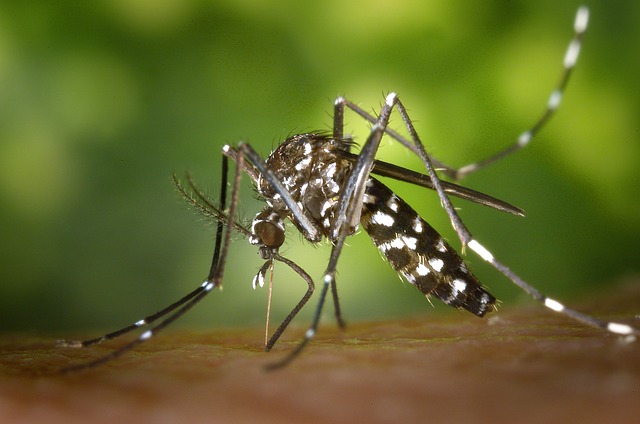
What Do Mosquitoes Eat | Facts about Mosquitoes For Kids
These insects primarily feed on nectar juice and plant juices; however, in some species the females tend to consume blood from most animals and humans whilst piercing its skin. The blood-sucking must continue for females in order to generate eggs. There are evidences that mosquitoes, after sucking blood, lay more eggs than before. The blood is full of nutrients as far as mosquitoes are concerned. Apart from blood, some plants matter, especially the sugary ones, are the chief source of providing a considerable amount of energy to females. The females need proteins in order to produce eggs which they can obtain through blood meal.
Where Do Mosquitoes Live | Mosquito Facts For Kids
Except in Polar Regions like Antarctica, mosquitoes are widely distributed across all the continents. The ideal temperatures for these species are warm and temperate when mosquitoes are found to move around the whole year. Extreme hot and extreme cold are the most unsuitable conditions for them to move on. They exist in great numbers and are capable to suck almost 300 ml of blood each day. They can, however, bear subzero temperatures.
Natural Predators | Facts about Mosquitoes For Kids
One of the most common mosquito’s predators is dragonfly which is adept to eat mosquitoes at all phases of its lifecycle. In this way, dragonfly prevents mosquitoes from spreading out in huge numbers. Bats have 1% of their diet composed of insects and more importantly, mosquitoes. However, bats cannot be accredited for controlling the mosquitoes population as they are not the primary feeders of these species.

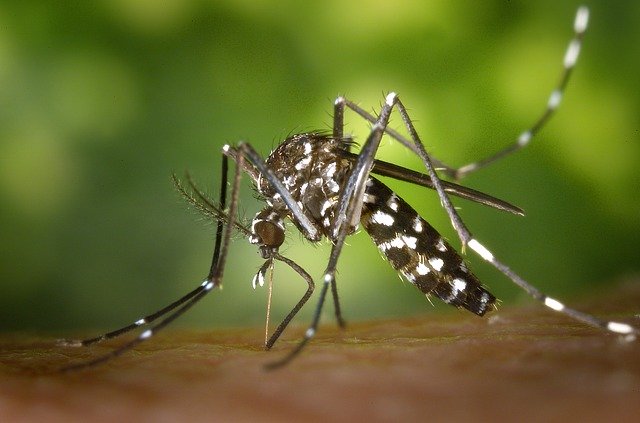
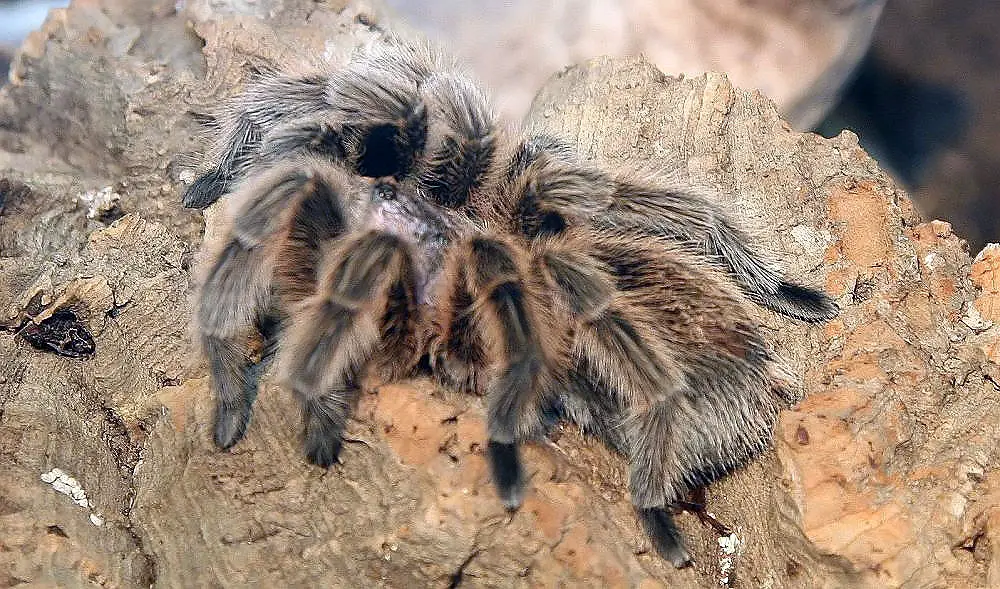
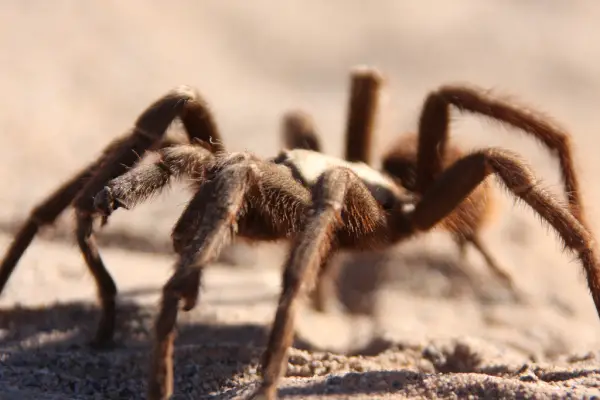
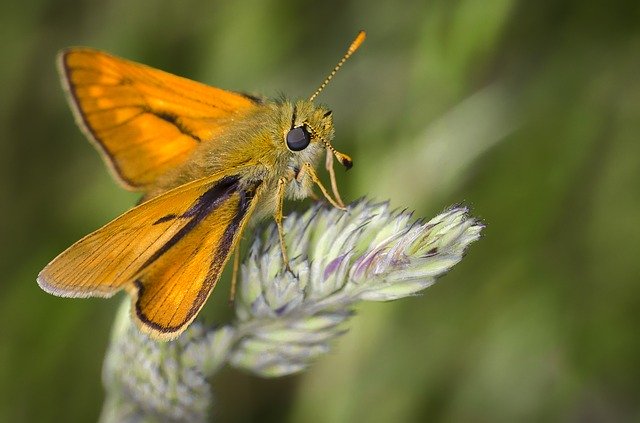

hellllllllllllllllllllllooooooooooooooooooooooooooooooooooooooooooooo